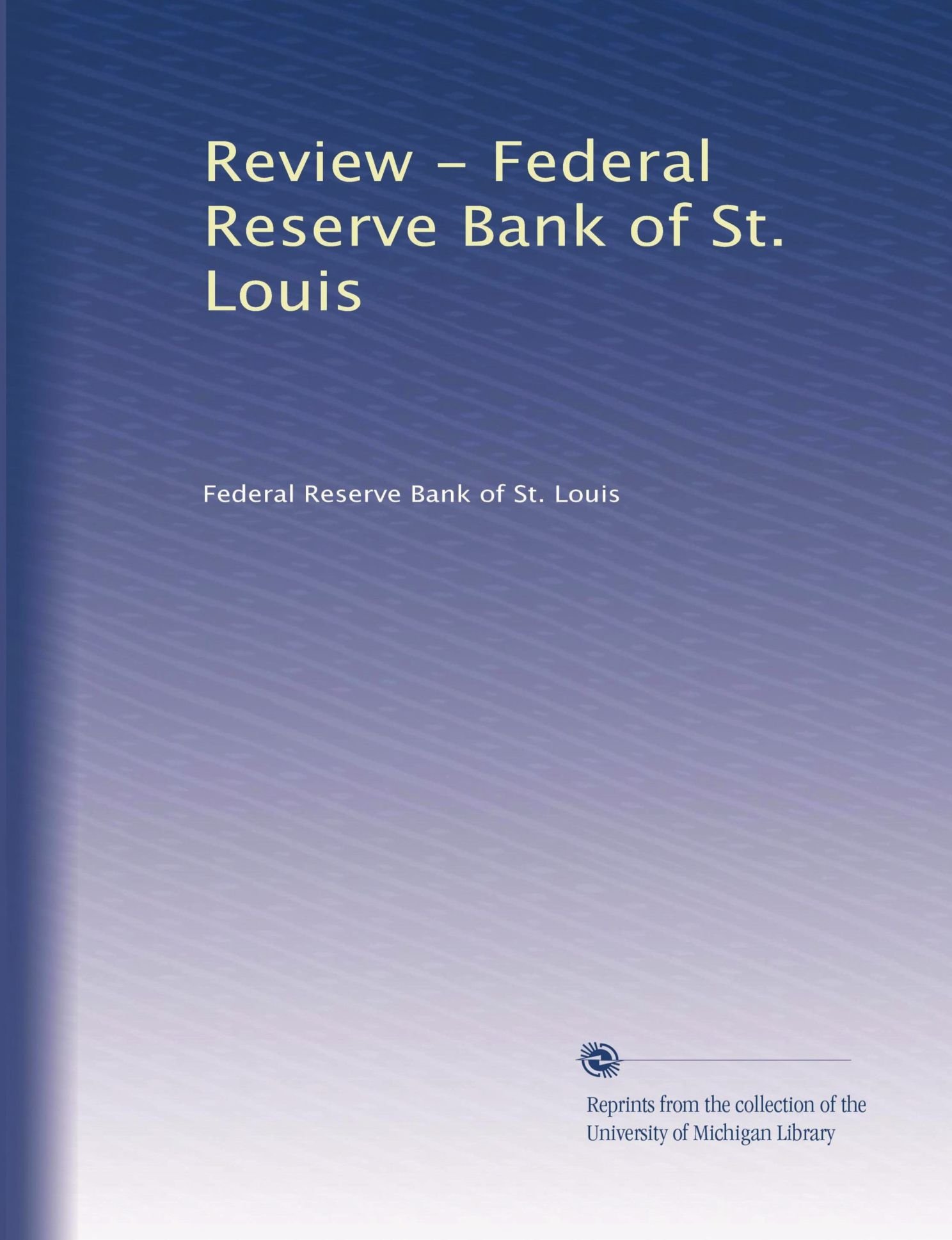FEDERAL RESERVE BANK OF ST LOUIS REVIEW
Número:
1
Publicado:

Lo más reciente
Oscar Botero-Ramírez, Andrés Murcia, Hernando Vargas-Herrera
Juliana Jaramillo-Echeverri, Adriana Sofía Rodríguez
Gaurav Khanna, Carlos Alberto Medina-Durango, Anant Nyshadham, Daniel Ramos-Menchelli, Jorge Andrés Tamayo-Castaño, Audrey Tiew
We calibrate a macroeconomic model with epidemiological restrictions using Colombian data. The key feature of our model is that a portion of the population is immune and cannot transmit the virus, which improves substantially the fit of the model to the observed contagion and economic activity data. The model implies that during 2020, government restrictions and the endogenous changes in individual behavior saved around 15,000 lives and decreased consumption by about 4.7 percent. The results suggest that most of this effect was the result of government policies.

 Juan D. Martin,
Juan D. Martin,  Alvaro J. Riascos
Alvaro J. Riascos